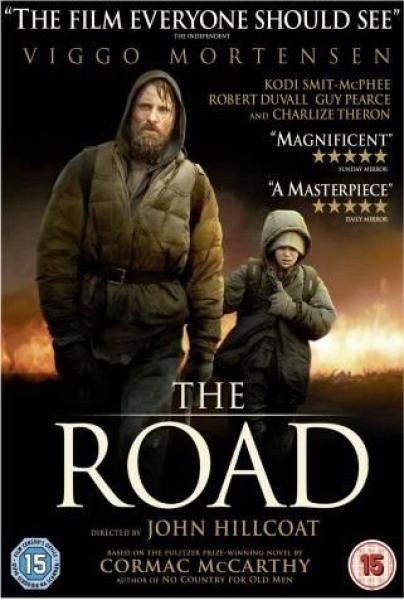
Regardless of whether the scene is an allusion to the regime, Panahi enchanted viewers in Cannes with his wonderful stories. Then traffic grinds to a halt when a bull lies down on the road, making it impassable. When Marziyeh sets out to widen the road, equipped with a pickaxe and shovel, the village community steps in, saying that this is no kind of work for a girl. On one occasion, he is given the foreskin of a little boy, preserved in salt, and asked to bury it in a powerful place in Tehran, so that the boy will grow up to be something great.Īnd then there's a narrow mountain road that is only wide enough for one car to pass at a time: a complicated honking ritual determines which car may pass first. It is also a colourful and humorous portrayal of life in Iran's rural areas, depicting numerous funny situations and traditional customs. He filmed in three villages in northern Iran where his parents and grandparents once lived, and where nobody would inform the regime in Tehran about his defiance of his occupational ban.īut the film is more than just a hidden form of criticism of the political situation in his home country or the traditional attitudes of the inhabitants of these villages. That's why Panahi made maximum use of his female protagonists, largely remaining in the background himself. Despite it being a highly sensitive and flexible model, the set-up restricts the complexity of the shots. Under such circumstances, the director was once again forced to film on a shoestring: with only one assistant and one camera. In Three Faces, however, three generations of women take a stand against their treatment, just like Panahi himself: even though he was banned from directing films eight years ago, he has since managed to produce four works.

Under the present regime, they are seen as "fallen women" and consequently outlawed, marginalised and discriminated against. Panahi has devoted his latest work to Iranian actresses, and those who dream of becoming one.

Nowadays, she lives in a remote area of the country, lonely and ostracised. Although still known in present-day Iran, she was forbidden to act in films from the late 1970s onwards. Before the Iranian Revolution, Shahrzad was a famous actress and a celebrted diva. That's where viewers encounter the third "face" that plays an important role in this film – albeit only as a silhouette: the face of Shahrzad. What she did manage to do, however, was to lure Behnaz Jafari into her village. In an attempt to lure the actress Behnaz Jafari to her village, Marziyeh Rezaei fakes her own suicideīehnaz Jafari and Jafar Panahi head off to a village near the border with Azerbaijan to find out whether the young woman really did commit suicide. The final images in Marziyeh's video message show her putting a rope around her neck and jumping into the unknown.ĭesperate measures: Marziyeh has been granted a place to study acting at a conservatory, but her parents reject the idea and would rather marry her off. In the country's capital, Tehran, women enjoy more freedom than their counterparts in rural areas.

She had placed great hope in contacting Behnaz Jafari, an actress who managed to become a star despite the country's patriarchal structures. When the famous actress doesn't react to her message, Marziyeh becomes desperate. But her parents, preferring to marry her off in the traditional way, wouldn't allow her become an actress. She sent a video message to Jafari saying that she wanted to study acting and that she had even been accepted into an acting school. The two of them are responding to a cry for help from a young girl, Marziyeh Rezaei, who lives in a remote region of Iran. This time, he's joined by an actress called Behnaz Jafari - the actual name of the actress co-starring in the movie. Once again, the director sits behind the wheel. It is reminiscent of one of Jafar Panahi's earlier works, Taxi, that earned the Iranian filmmaker the Golden Bear at the 2015 Berlin International Film Festival. There are numerous driving scenes in Three Faces.


 0 kommentar(er)
0 kommentar(er)
